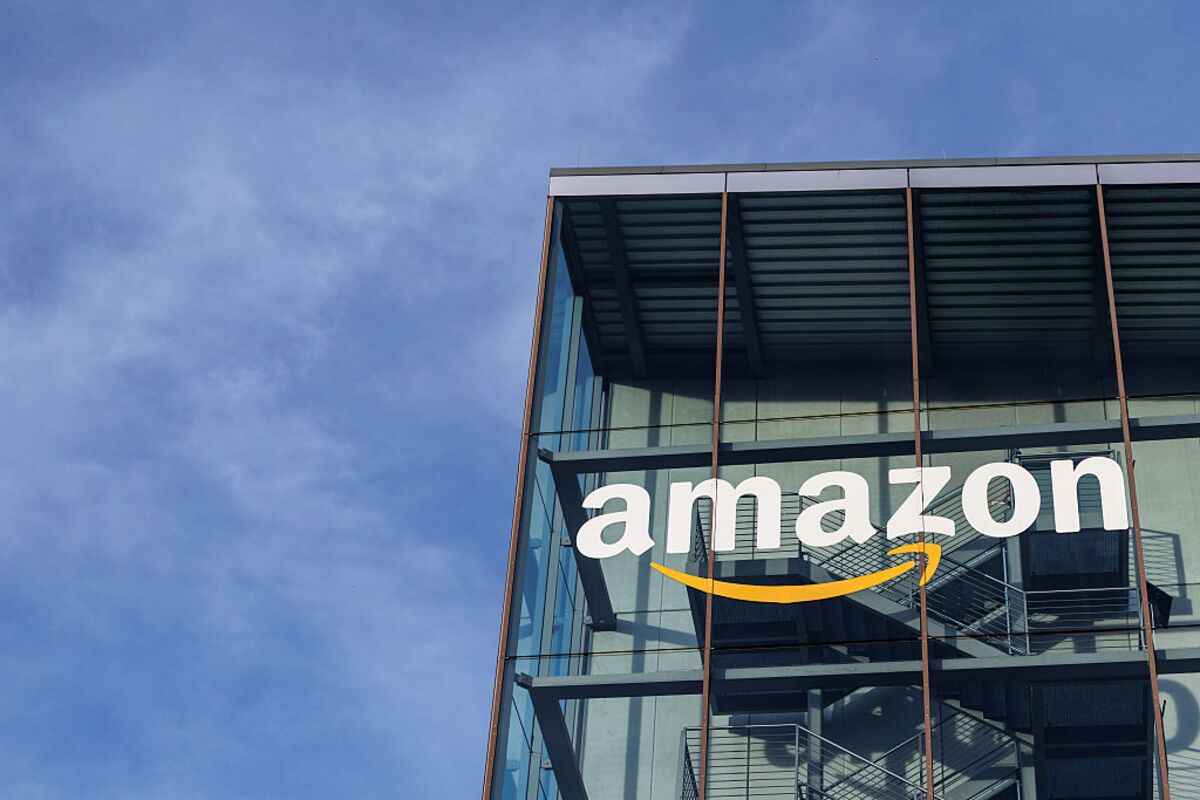Copyright dailypioneer

The numbers are a revelation. A recent McKinsey study on ESG (Environmental, Social, and Governance) finds that such corporate concerns are on the rise. Among 89 large firms in the survey, the ESG-related KPIs (Key Performance Indicators) have increased to 100, a 30 per cent rise in seven years. Media mentions of ESG have soared more than 50 times in a decade (2014-24), even as venture capital and private equity investments in ESG measurement businesses took off by 37 times. “Yet, the rapid proliferation of ESG checklists has crowded out CEO agendas, leading to ESG fatigue,” states the survey. Firms are being pulled in opposing directions. One of the major problems that the global firms face is to find opportunities that align with solutions to local-social issues. Some of the them overstretch, and take on too many issues, which is visible among Indian firms CSR (Corporate Social responsibilities) activities, which may be distinct from, but related to, ESG. Finding solutions require specific tailor-made partnerships that are hard to find, difficult to execute, or tough to sustain. Expectations are generally short-term among the firms, which limit the options. Returns on ESG investments materialise over a long period. Criteria related to capabilities, and incentives determine the role played by a specific firm. Hence, the ESG fit includes alignment with products, services, and supply lines. Viability is crucial, and in cases where the end users cannot pay directly, there is a need for third-party support. The regulatory and policy environment can impact the environment and ecosystem of a company. Such issues require clarity, streamlined permitting, or cross-sector coordination. In most instances, among the three factors stated, there is a mismatch. Companies that meet the first (capabilities) but not the second (viability) need narrower focus, better collaborations, and long-term outlook. “Conversely, when all three factors align, business-led solutions flourish rapidly,” states the report. This three-cornered adjustment is dubbed by McKinsey as “horses for courses.” The horses are, of course, the companies that can enhance their innovating and scalability only if matched to the right issue, or course. The survey concludes that large companies account for 30 per cent of the value at stake in accelerating progress across 18 issues, and this roughly equal to their share of the global GDP. This is dependent on the share of value-added that provides more of the goods and services. The same is true of negative externalities like emissions, which too is measured in terms of the share of the total. In 10 out of the 69 industries analysed, there were capabilities to make them the leasing candidates to progress on four or more of the 18 issues, and 41 industries had the skills to address merely 1-3 issues. This forces firms to focus narrowly on some issues, which impact the industry in a distorted manner compared to its size. This is the need of the day. “For example, healthcare providers generate just four per cent of revenues across large companies overall, but they could account for 35 per cent of the progress to improve maternal and neonatal health, 25 per cent to reduce non-communicable diseases, 25 per cent to improve mental health, and eight per cent to reduce communicable diseases,” states the report. Such effects can be large relative to the industry’s size in dollar terms. In non-communicable diseases, the intervention investments can be $1 trillion over and above the recent historical rate, of which roughly two-thirds is linked to pharma efforts. This represents a business opportunity that is 40 per cent of the current revenues of large pharma companies. In transportation infrastructure, the additional money required is $70 billion, of which a quarter goes to the construction and engineering firms. This is one per cent of current revenues for the large firms in these two segments. The figure is modest but represents significant opportunities. Obviously, the main hurdle to find the investment sources. McKinsey finds that to enhance progress on the 18 issues to the levels in nations that made the most progress requires $6 trillion, which is three times the profits earned by Fortune Global 500 companies in 2024. This is an “insurmountable hurdle,” unless the society and nations decide to allocate massive public funds, and other resources. Governments need to intervene actively, as do state-owned entities, as the benefits far outweigh the costs in the long run. In essence, the efforts do pay off admirably, but “often only over decades.” Thus, the think tank pinpoints nations where an issue of the 18 is most prevalent, and clustered them around the prevailing economic contexts such as nations being exiting poor, accelerating empowerment, and transforming mature systems. However, the benefit-to-cost ratios can vary widely between the different contexts, with the issues with the highest annual costs being most prevalent in the high-income nations. Such ratios can help guide the policy-makers, and the firms. The metrics cannot capture everything, especially non-economic factors, and discount rates used. A five per cent rate can be ideal, though it is high for social investments, and low for corporate money. But no standards exist. “A capabilities-based, horses-for-courses approach requires identifying where and how companies are best suited to address social issues. History is chockablock with examples of the many ways in which companies find business opportunities, all of which have structural similarities when it comes to advancing innovation, and scaling or making business models work in the interests of the societal needs, to help society under many different circumstances. In some cases, companies can act immediately. In others, policy interventions and collaborations are required to adjust the conditions, and enable private-sector participation. Whether to do so is a societal choice about funding, regulation, and coordination,” the study concludes, and leaves the crucial questions open. One of the successes cited in the study is that of Reliance Jio, which began the 4G rollout in 2013. Within two years, India launched the Digital India initiative, which aimed to connect 250,000 villages. The next year, Jio went live nationwide, and offered six months of free 4G data and voice services. In 2017, the Government reduced inter-company charges, which lowered mobile plans. JioPhone was priced at $20, and 80 million units were sold. By 2021, interconnection charges were abolished. In 2023, JioPhone Next, built with Google, and costing less than $50, was targeted at 500 million users. There was an additional $12 version of the model for the poor. Thus, “expanding Internet access rapidly… was spurred by a dynamic iteration of improved technology… and government policy, resulting in low-cost option that delivered access to hundreds of millions.”



